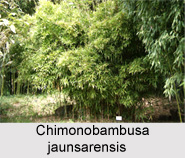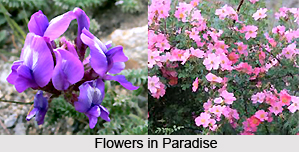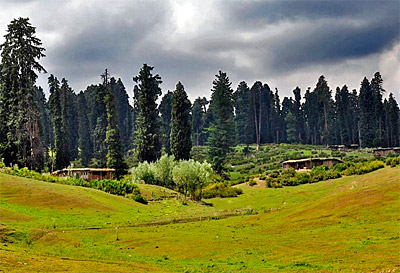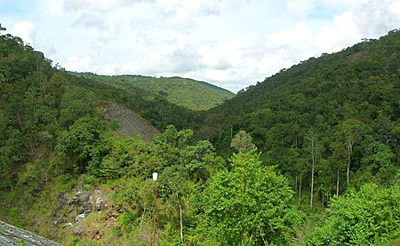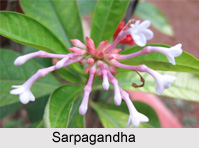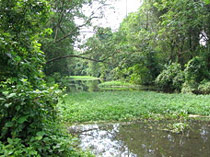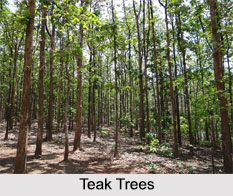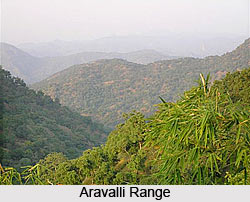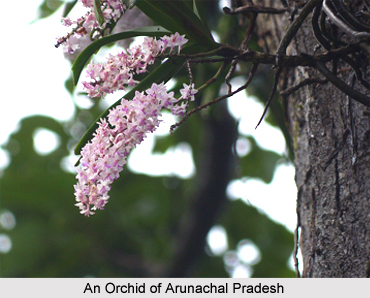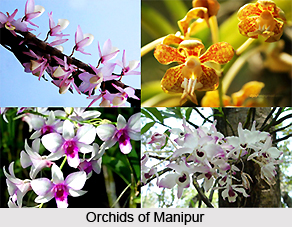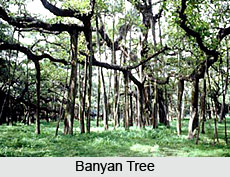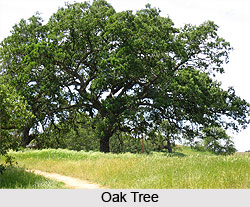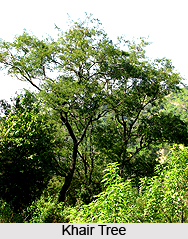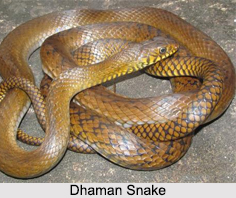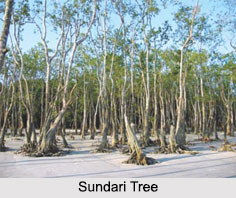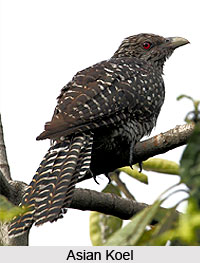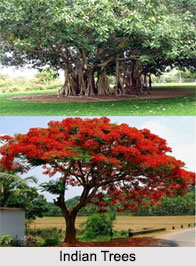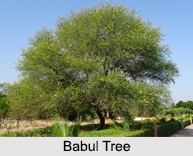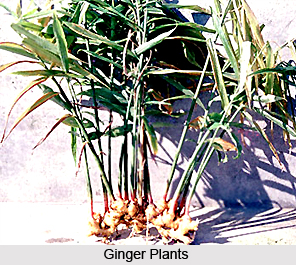 The scientific name for ginger plant is Hedychium Coronarium Koenig. It is also called dhunsuli in Oriya. Ginger Plant is a stout perennial herb which is usually 1-2 m tall. The tree`s rootstock is stout, horizontal, fleshy and is jointed. They are 2.5-5 cm thick which has leafy shoots. The tree bears large leaves with long, clasping sheaths. The apex of the tree is pointed but the base is attenuated. The sheath of the tree is smooth while its ligule is 1.8-3.2 cm long. The flowers of the tree are white in colour with delicate fragrance. The flowers are borne in dense oblong spikes which are 10-20 cm long. The bracts are closely imbricate, ovate and obtuse. At first they are green in colour but gradually they turn brown, each subtending 3-6 flowers. The fruits (capsules) of the tree are oblong, glabrous, yellow inside. The fruits bear many seeds which have a crimson aril. Ginger plant is widely distributed in moist tropical and subtropical regions of Asia from India east- wards to Malaysia. They are commonly grown in gardens throughout India and elsewhere in the tropics.
The scientific name for ginger plant is Hedychium Coronarium Koenig. It is also called dhunsuli in Oriya. Ginger Plant is a stout perennial herb which is usually 1-2 m tall. The tree`s rootstock is stout, horizontal, fleshy and is jointed. They are 2.5-5 cm thick which has leafy shoots. The tree bears large leaves with long, clasping sheaths. The apex of the tree is pointed but the base is attenuated. The sheath of the tree is smooth while its ligule is 1.8-3.2 cm long. The flowers of the tree are white in colour with delicate fragrance. The flowers are borne in dense oblong spikes which are 10-20 cm long. The bracts are closely imbricate, ovate and obtuse. At first they are green in colour but gradually they turn brown, each subtending 3-6 flowers. The fruits (capsules) of the tree are oblong, glabrous, yellow inside. The fruits bear many seeds which have a crimson aril. Ginger plant is widely distributed in moist tropical and subtropical regions of Asia from India east- wards to Malaysia. They are commonly grown in gardens throughout India and elsewhere in the tropics.
Medicinal Properties of Ginger Plant
The ground rhizome of the Ginger tree is used as a febrifuge by the Mundas or Ranchi District in Bihar. A decoction of the rhizome is useful as anti-rheumatic, tonic and excitant. The juice from the base of the stems is used externally to relieve swellings; among the Gadabas, Khonds and Porjas in the Eastern Ghats of Andhra Pradesh. The rhizome and leaf paste can be used to apply on the forehead to get rid of headache also. The juice attained from the crushed roots, warmed with water and filtered is used as eyewash to relieve redness, swollen eye, pain, and excessive excretions among the Baigas of northeastern Madhya Pradesh. The tribal inhabitants of Orissa use the paste made from the crushed flowers and black pepper for dysuria. In Ayurveda, the rhizome is used as a substitute for that of Hedvchium spicatum for treating dyspnoea, oedema, wounds and distaste. The stems are a useful raw material for paper-making and in Hawaii perfume is made from the flowers of the tree.
